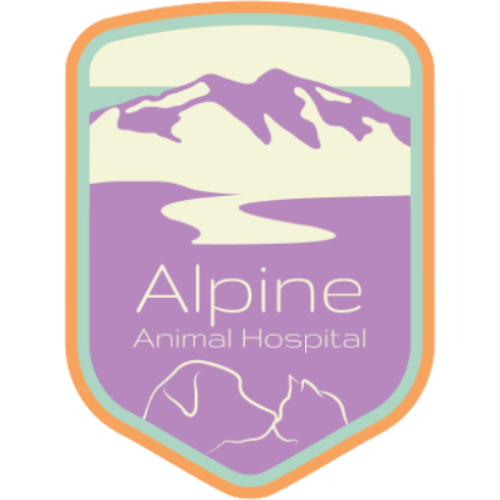Summer is such an amazing season to get outside and spend time with our four-legged friends. Hiking, swimming, playing ball or frisbee, or even relaxing in the sun are all great things to do with you pet. In order to ensure that you and your furry friend can continue to play and have fun safely be sure you are thinking about the activity from your pet’s perspective – they may have a difficult time letting you know when they are feeling overworked or possibly scared. Exposure to the environment can often invoke a fear response in certain animals – knowing how your pet reacts to unexpected thunderstorms or exposure to the outdoors can insure they are not experiencing unwanted fear or stress. Keep an eye on the environment and the weather forecast and try to plan activities with your pet accordingly. When at social gatherings with your pet make efforts to monitor activity so they don’t get into treats that may be hazardous or get overworked playing with someone else. Read on for more specific details and topics to consider when enjoying all that summer has to offer.
Heat Stroke
Dogs and cats have very limited sweat glands and are unable to quickly account for extreme changes in their core temperatures. Heatstroke is a very scary, life-threatening emergency that can often be prevented. There are two main types of heatstroke, exertional and non-exertional, however they are often combined. Exertional often meaning exercise or activity induced and non-exertional meaning simply being in a warm environment without the proper air flow and acclimation.
Signs of heat stroke:
Excessive panting or difficulty breathing, increased heart and respiratory rate, drooling, mild weakness, darkened or muddy gums, stupor or even collapse. They can also include seizures, bloody diarrhea and vomit along with an elevated body temperature of over 104 degrees.” Animals with flat faces, like Pugs/Bulldogs or even Persian cats, are more susceptible to heat stroke since they cannot pant as effectively. These pets, along with the elderly, the overweight, and those with heart or lung diseases, should be kept cool in air-conditioned rooms as much as possible.
Asphalt temps – sometimes hard to realize how hot it is because you have shoes on.
Pavement temperatures
Air temp 77 degrees : asphalt is 125 degrees
Air temp 86 degrees : asphalt is 135 degrees
Air temp 87 degrees : asphalt is 143 degrees
An egg can fry in 5 min on asphalt that is 135 degrees!!
Skin damage can occur at 125 degrees after 60 seconds!!
Be aware of taking your furry friends on a walk when it is over 70 degrees. Burns on paw pads can take a very long time to heal; some may never return to full thickness/protection after a severe burn.
BBQ Hazards – Grilling out is fun but can have unexpected consequences.
Corn Cobs – Yummy Treat with horrible, likely surgical consequences
New Foods – Increased risk for GI upset/bacterial overgrowths leading to vomiting and diarrhea
New Environments – stress, intestinal parasites from contaminated sources (water, feces, other animals)
Other Summer Health Scares:
Thunderstorm/Firework Phobias
Many dogs run away or injure themselves out of moments of pure panic
Increased risk for lameness from being more active
Dogs with underlying arthritis
Young dogs with acute injuries
Torn nails
Grass Awns where they don’t belong
Feet – wedged between toes
Ears – deep within dogs ears canals
*Both often require sedation to remove

